Action Items
- Tomorrow (4:59pm Wednesday): Team Project Submission Due (see below)
- Thursday’s class: Project Demos
- Friday (11:49pm): Individual Submissions Due (includes evaluation of your project teammates)
Team Submission Form
Making Predictions
 |
»Det er svært at spå, især om fremtiden«. — Robert Storm Petersen Correct attribution is hard, especially for the past |
 |
Google Translate may not quite be ready for legal contracts, but it does impressively well on Danish! |
You Will
(but the company that brought it to you won't be AT&T)
1993-1994 AT&T Ad Campaign
Class Poll

 |
Before we make fun of AT&T's commercials, let's not forget the momentous contributions Bell Labs made. True Innovation, New York Times, 25 Feb 2012 |


 |
Skype was created by three Estonians who were college students when the AT&T ads ran. It is now used 2 Billion minutes a day. |
 |
Sir Tim Berners-Lee envisioned the World Wide Web and built the first web server and browser in 1990. In mid-1993, there were 130 websites in the world. Today, there are over 785 million. |
 |
The web really took off when the NCSA Mosaic browser was released. It was built by Marc Andreesen, then a student at the University of Illinois, and Eric Bina, a staff member at NCSA. Andreesen went on to found Netscape and build the Netscape Navigator browser (but without using any source code from Mosaic). Navigator evolved into Mozilla's open source Firefox browser, used by over 450 million people. |
 |
GPS started as a military project to guide missiles, but quickly came to have civilian uses, and now is supported by billions of devices. |
 |
Amazon launched in 1995. |
 |
The 27% of you who think they haven't had a classmate from thousands of miles away have a very strict definition of "classmate". |
 |
Huon Wilson answering your questions from Australia! |
 |
Virtual and Artificial, but 58,000 Want Course, New York Times, 15 August 2011. (The course ended up closing registration once it hit 160,000 students.) Dave's story. |
 |
I don't carry my medical records in my wallet because my doctor is too primitive to have electronic records, but I do carry my genome (at least 1M markers of it) on my Android phone. |
 |
Everything involving computation should be expected to improve at "Moore's Law" rates — halving cost every 18 months. Genome sequencing is mostly about computation. |
 |
The dramatically faster improvements, are due mostly to better algorithms (which are harder to predict). |
 |
Lots of people are working on this! Not many things you buy have gone from costing $57M to ~~$1500 between 2007 and 2009. |
 |
23andME API |
 |
The last two are things I don't think people are frequently doing today, and we're not quite at the point where software can provide an assistant as good as a good executive assistant. But, it shouldn't take too much longer. |

Ending World Poverty
Also see: Hans Roslin's Quiz
 |
 |
 |
 |
 |
Pace of Progress
 |
The 50 Greatest Breakthroughs Since the Wheel, The Atlantic, 23 October 2013. |
List of Breakthroughs
 |
There may be some bias because the survey was done today, but almost all the breakthroughs happened relatively recently! |
 |
Zooming in on the past 1000 years. |
 |
 |
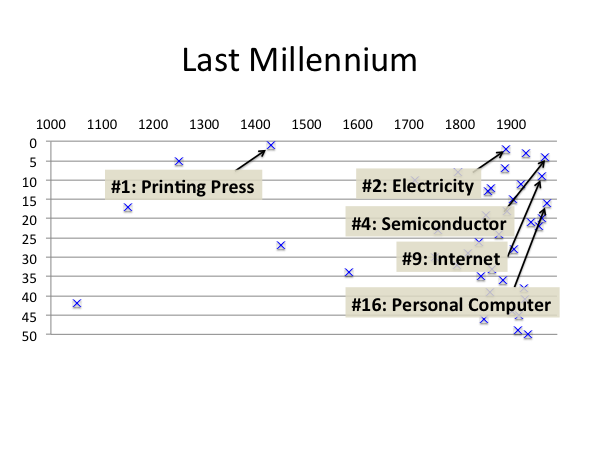 |
Breakthroughs begat other breakthroughs. The printine press enables rapid sharing and distribution of new knowledge. Electricity enabled light which extended working hours, and enabled semiconductors, which enabled personal computers and the Internet. |
 |
I can't predict which inventions will happen or have the biggest impact on our society, but I can predict there will be many that will have huge impacts. |
If you weren't impressed by Amazon's drone delivery, check out the Matternet (it takes a while to get to the point):
If you think the safety issues are insurmountable, check out http://www.flyingmachinearena.org/videos/.
Science's Endless Golden Age
 |
Neil DeGrasse Tyson, Science's Endless Golden Age - [Download PDF]
 |
 |
 |
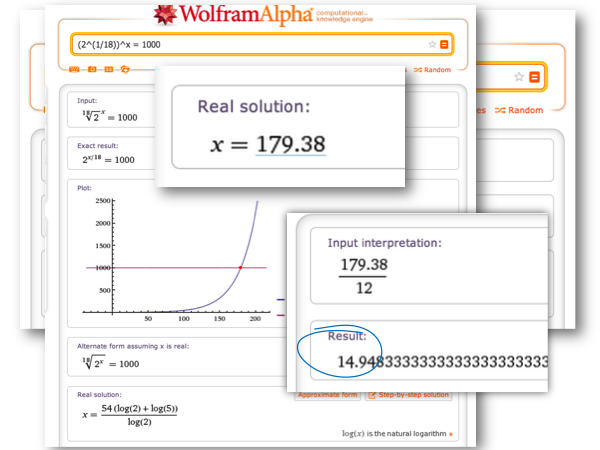 |
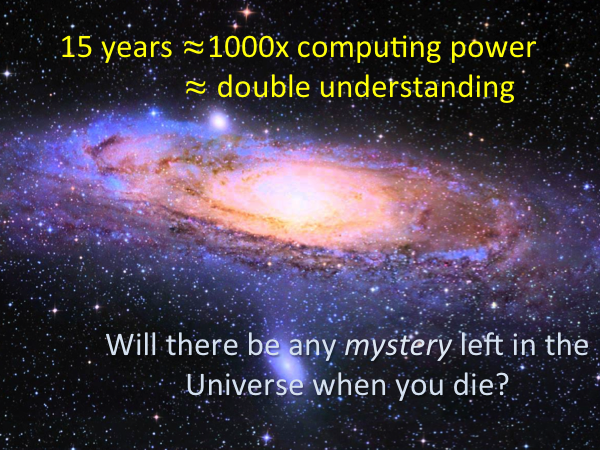 |
There's an unwritten rule in astrophysics: your computer simulation must end before you die. |
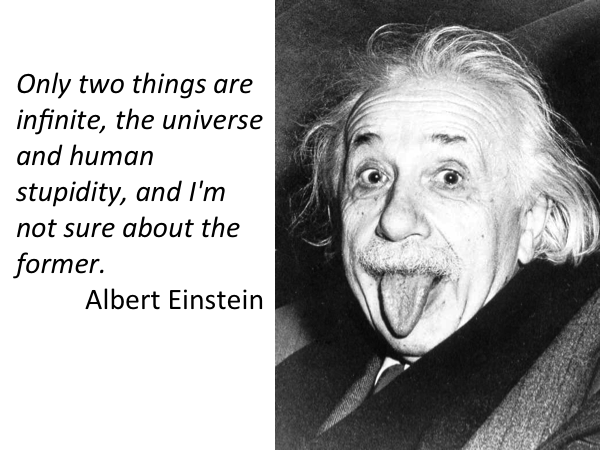
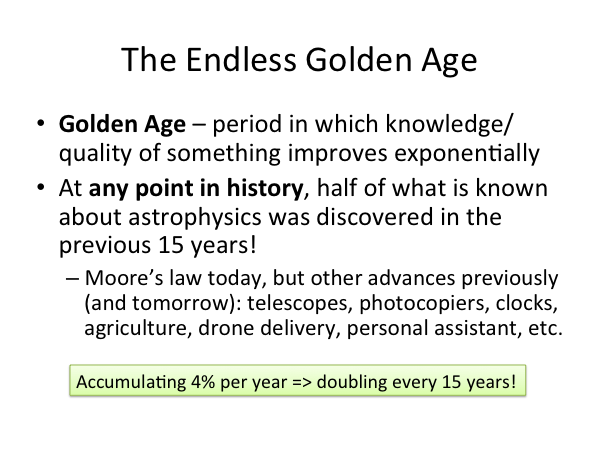 |
Its not just astrophysics. Any scientific or technological field where new results can build on old ones, and where there do not appear to be any real limits to what can be done, has an endless golden age. |
Being in a non-golden age field tends to make people bitter and anti-progress:
There follows this unforgettable observation: "Several university presidents and provosts have lamented to me that when a scientist comes into their office, it's to announce some exciting new research opportunity and demand the resources to pursue it. When a humanities scholar drops by, it’s to plead for respect for the way things have always been done. — Crimes Against Humanities: Now science wants to invade the liberal arts. Don't let it happen, Leon Wieseltier's response to Steven Pinker's Science is Not Your Enemy.
In the end, we can’t lose, we have William Shakespeare. — Mark Edmundson, quoted in As Interest Fades in the Humanities, Colleges Worry, New York Times, 30 October 2013.
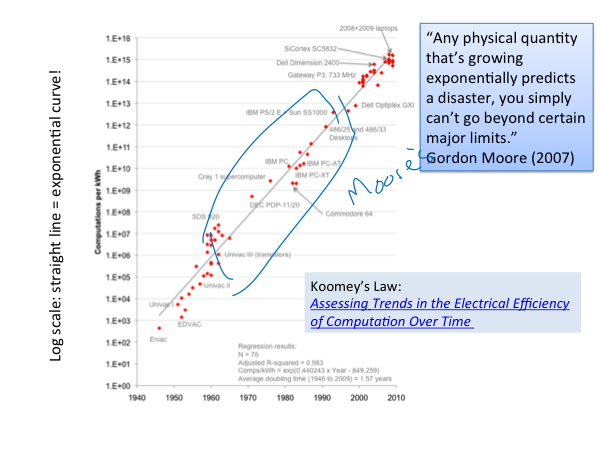 |
"Koomey's Law": Assessing Trends in the Electrical Efficiency of Computation Over Time |
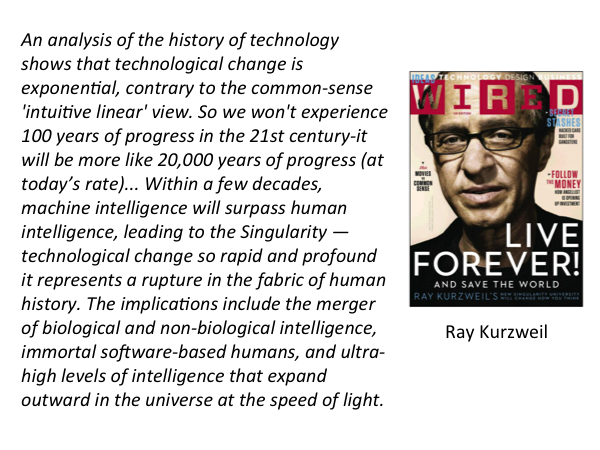 |
|
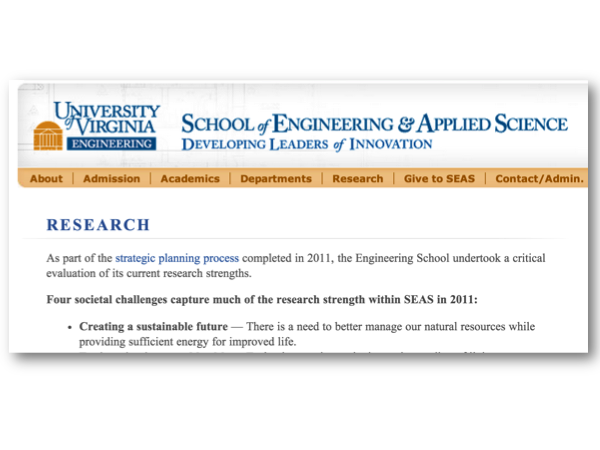 |
SEAS Strategic Plan: yes, the #1 goal of the School of Engineer's administration really is to not make progress! (Note: the goal of not making progress does not apply to student tuition or the bloat of the Dean's office. Those things should continue to increase exponentially, its just the rest of progress the School wants to halt!) |
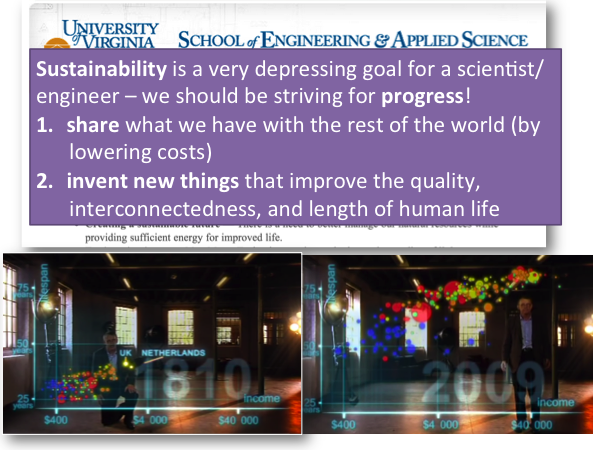
Golden Ages or Golden Catastrophes?
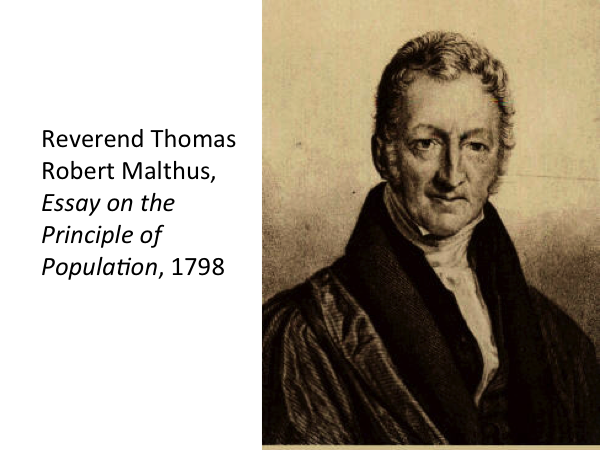 |
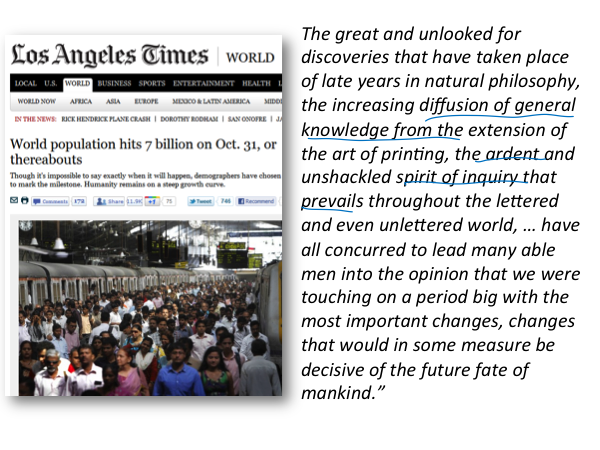 |
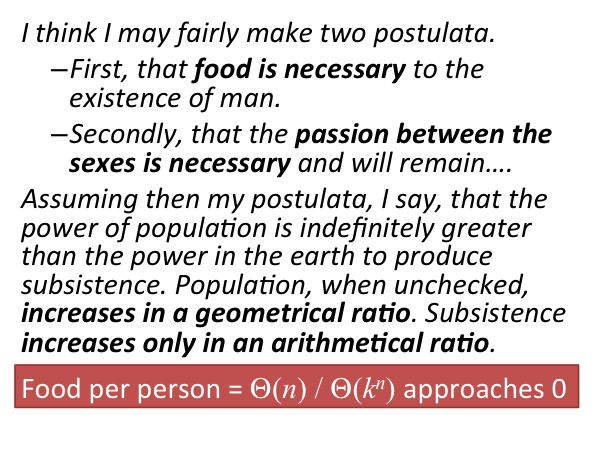
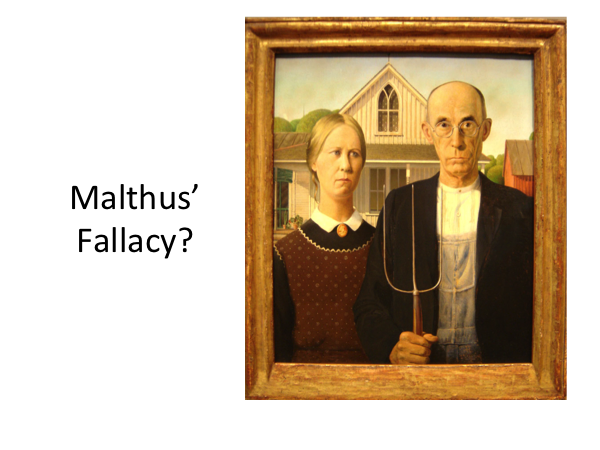 |
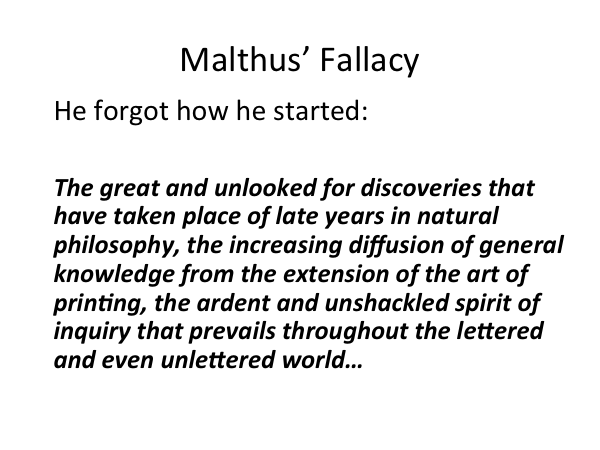 |
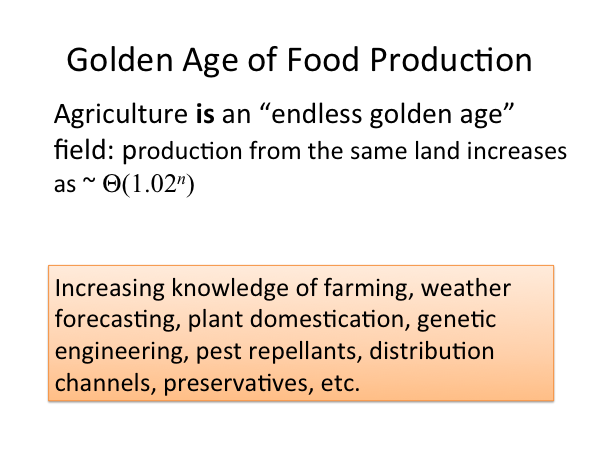 |
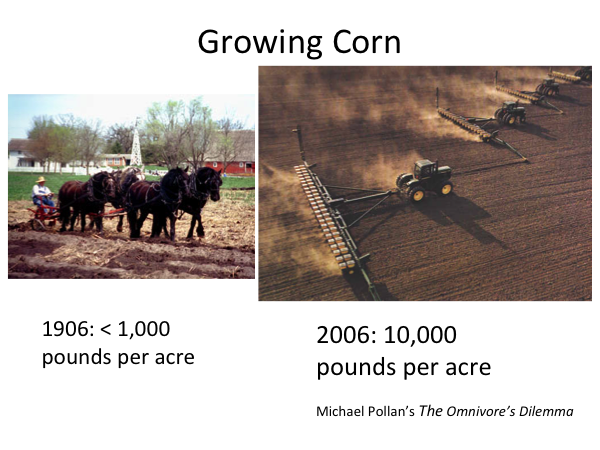 |
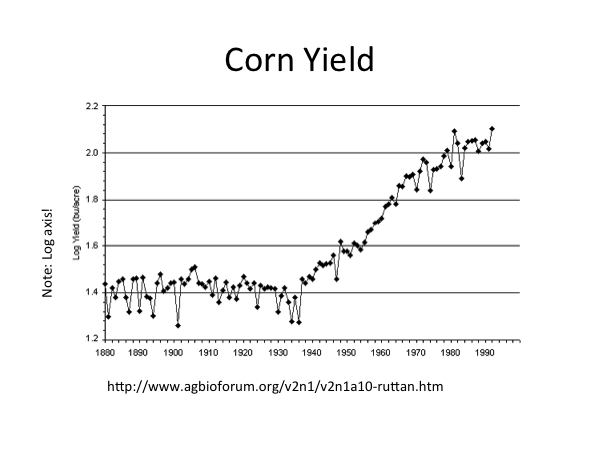 |
 |
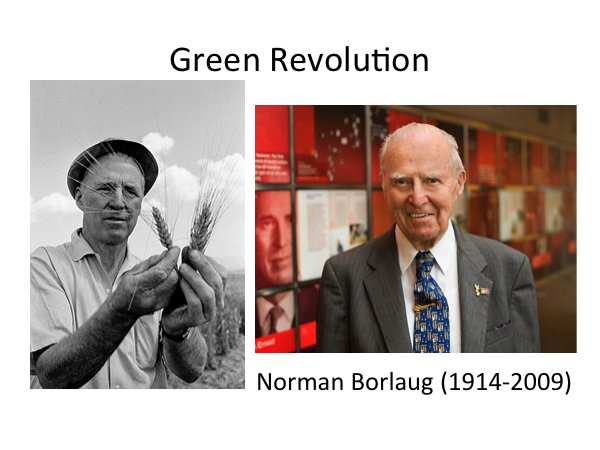 |
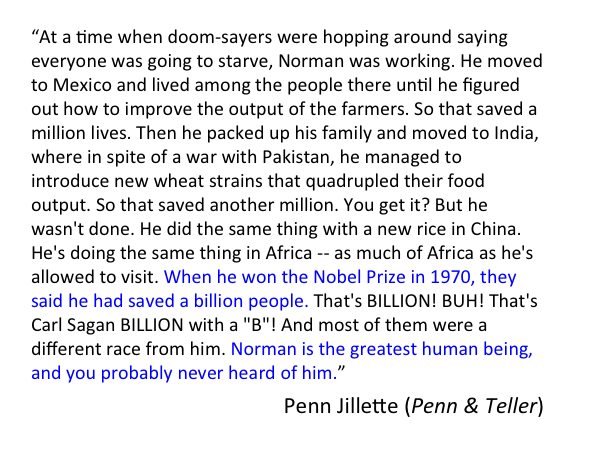 |
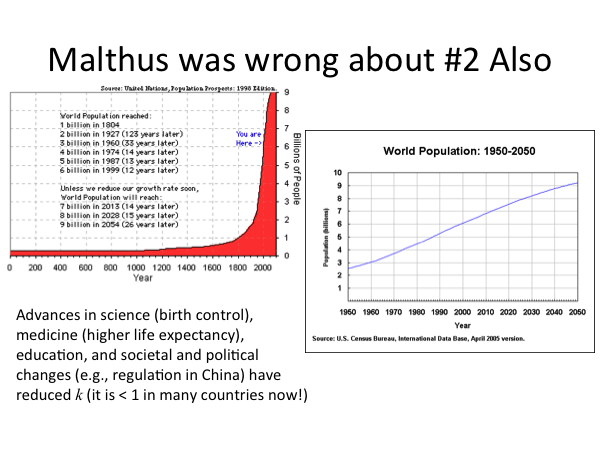 |
About That Overpopulation Problem, Slate, 9 Jan 2013. |
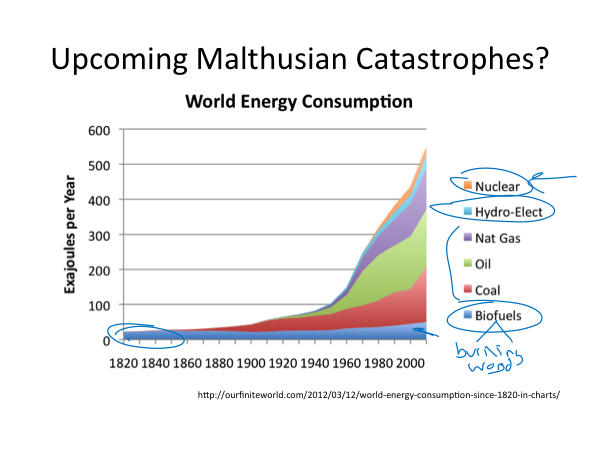 |
This looks pretty scary! But remember, population was increasing over this time period also. (If you are wondering where wind and solar are on this graph, what they produce is so insignificant it doesn't show up.) |
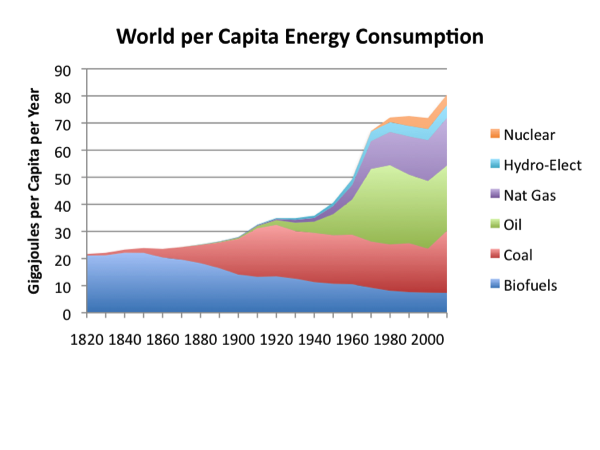 |
Per-capita looks a lot better, especially if you remember how much the quality of life has improved during the last 40 years, with fairly little increase in per-capita energy consumption. This is a strong sign that efficiency has improved dramatically. |
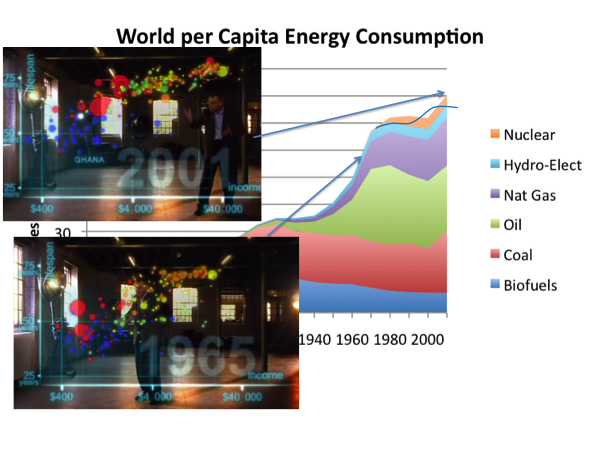 |
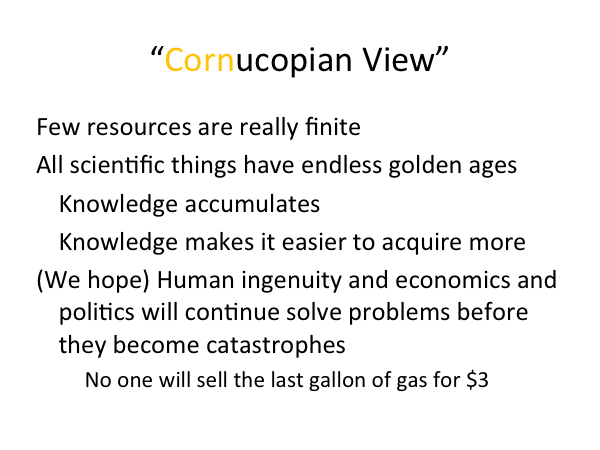 |
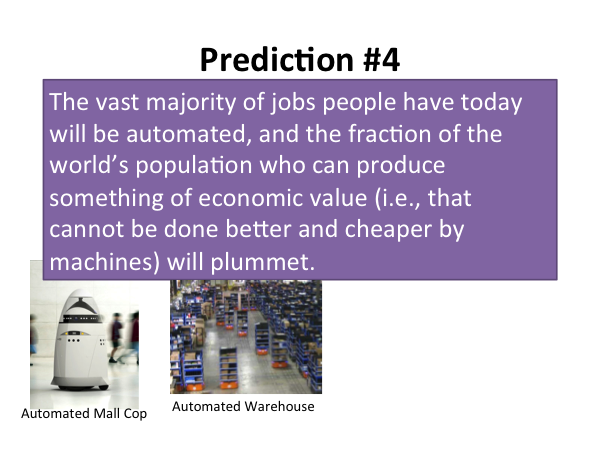
And Chili’s is optimistic that the tablets will pay for themselves by bringing in extra revenue from impulse orders and at-the-table gaming. Not only will you not have to talk to a waiter when you want to order something, you won’t have to talk to your kids, either!
— Of Course Applebee's Is Going to Replace Waiters With Tablets, Slate, 3 Dec 2013
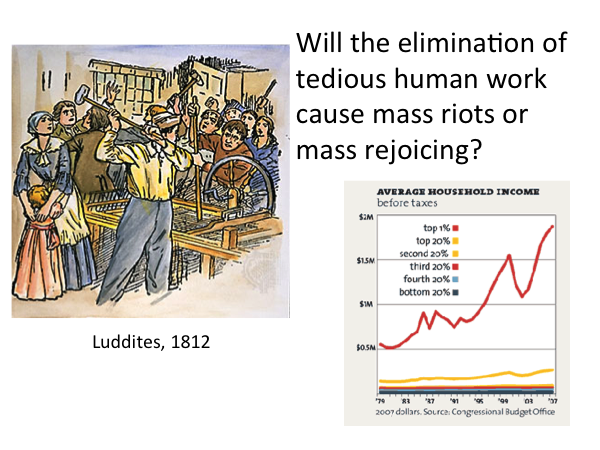 |
If the ordinary wage-earner worked four hours a day, there would be enough for everybody and no unemployment -- assuming a certain very moderate amount of sensible organization. This idea shocks the well-to-do, because they are convinced that the poor would not know how to use so much leisure. In America men often work long hours even when they are well off; such men, naturally, are indignant at the idea of leisure for wage-earners, except as the grim punishment of unemployment; in fact, they dislike leisure even for their sons. Bertrand Russell, In Praise of Idleness (1932) |
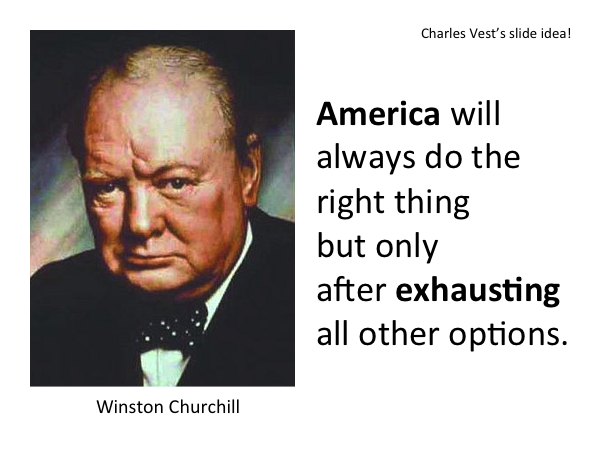 |
Hopefully, we'll figure out a model that works for society before all wealth is concentrated in a very small fraction of the population that is doing the productive, creative work. Whether we will, and what it will be, is much harder to predict than the reality of technological progress automating nearly all tedious human work. |
Modern methods of production have given us the possibility of ease
and security for all; we have chosen, instead, to have overwork for some
and starvation for others. Hitherto we have continued to be as energetic
as we were before there were machines; in this we have been foolish, but
there is no reason to go on being foolish forever.
Bertrand Russell, In Praise of Idleness (1932)
(Note: you should wait to adopt Russell's philosophy until after you finish your project and your other classes!)
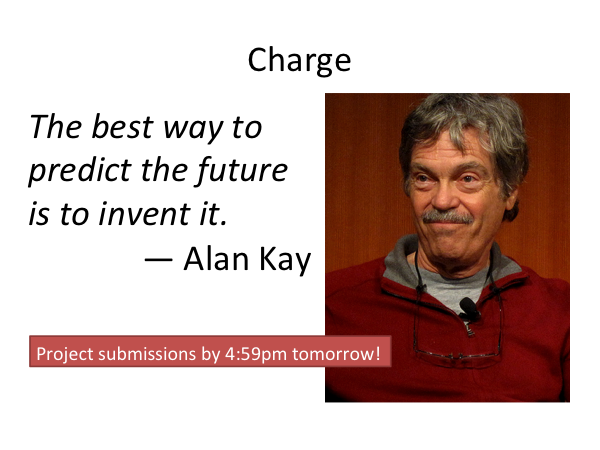
Addendum: What About Software Developers?
Students asked some questions about whether or not there would be any jobs left for programmers. This is an important question, and not an easy one to answer. I expect there will always be great jobs for the most talented computer scientists who can envision and develop new things and create the platforms that will be used to build most software (and, fortunately, most of the students in this class should be among them!) But, there will be far fewer jobs for less creative and skilled software development, which will be increasingly automated to the point where most applications can be built in a few hours by people with minimal technical skills.
These trends are already well underway. To build a typical web application used to involve a large team with ~$10M in funding working for at least a year; something comparable can be built today by one or two people working over a weekend using open source tools. The change is apparent in the tiny number of employees needed to build even huge companies, and how quickly this is decreasing:
| Company | Year Founded | Revenues | Employees | Revenue per Employee | Market Cap | Market Cap per Employee |
| 2010 | ~$0 | 13 | 0 | $1B | $77M | |
| 2006 | $317M | 2000 | 0.16M | $24B | $12M | |
| 2004 | 1.2B | $5.1B | 5800 | 0.88M | $20M | |
| 1998 | $50B | 46000 | 1.09M | $7.7M | ||
| eBay | 1995 | $14B | 27700 | 0.51M | $2.4M | |
| Microsoft | 1975 | $78B | 100518 | $0.78M | $3.2M | |
| Hewlett-Packard | 1939 | $120B | 331800 | $360,000 | $160,000 | |
| IBM | 1911 | $104B | 435000 | $240,000 | $0.4M |